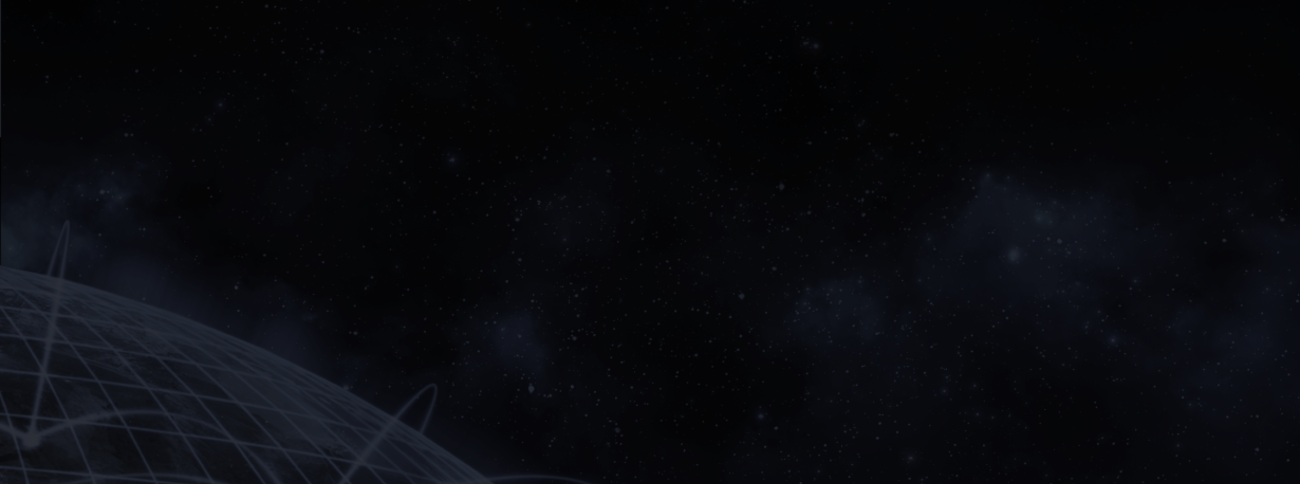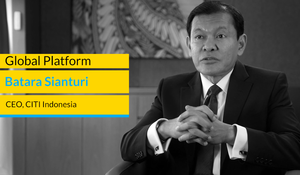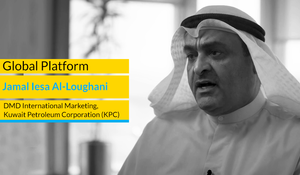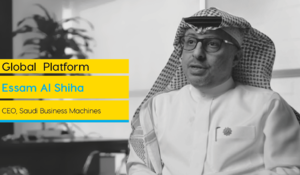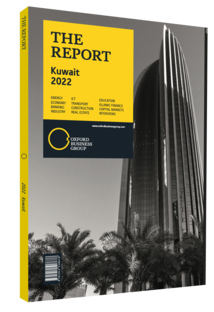From a construction point of view it's a building that has a purpose. You're seeing in a lot of parts of the world very particular buildings but most of them don't have a purpose. I mean like you're looking at the tallest building in Africa or the largest. This is a building where it hosts a legacy and hosts the heritage of a great civilisation. The curation, the display, infrastructure or set-up within the building that you do to be able to accommodate those artefacts is massive.
I think it will open up a completely new concept of how to visit Cairo, particularly because there has been a tendency of tourists to avoid Cairo because of the crowds.
Building the museum, there is a need to improve the entire area around it and improve the infrastructure, then this becomes a target place for tourists. So it's a perpetual impact on infrastructure and it's just driven by the need. I wouldn't be surprised that having that opening of the museum you start seeing that the people will be excited to invest.
This building has been integrated into the landscape of the pyramids. The architects have chosen to align the external walls and the whole project is aligned with two mini pyramids and the slope of the project is itself aligned with the tip of the third pyramid.
It's really impressive how this project is part of this environment, of this whole plateau environment how these lines that continue the spirit of the pyramids in the way they were done 3000 years ago. The area of the museum is over 500,000 sq metres and the built-up area is 165,000 of galleries and spaces. We have 3000 cu metres of concrete on this project. The roof is all white concrete poured in a very hot environment and done in three-dimensional shapes.
Architecturally, or what is really impressive about this building, is the whole integration in the permanent landscape. The challenge in terms of construction for us is mainly just the size of the project is quite complicated, even the stairs are sideways, it's quite a challenge, because for us we have to create new tools under the special form work and especially the line-up for the surveyors would not have been possible if we had not used the BIM.
When you go into the building, you will find that the roof lines up with the tiles of the ceiling, the ceiling tiles line up with the marble, the marble lines with the floor and it runs for one or 2 km through the building and lines up again on the other side with the wall panels.
Successful tourism is based on repeat tourism. If you look at the visitors to France, the 85m visitors that they see every year, I wouldn't be surprised that half of them have done it before. So I think we need to look at the quality of life that we need to provide to the tourists and allowing tourists to have good food, good services, better hotels, more flexibility and going in and out, better connections from whether outbound or within the country.
We need to think the tourists will only come when it's so easy and it's so much fun to be in Egypt. And tourists are not here only to see their archaeological sites, to reside here, to have fun, to enjoy the sun, to go to the beach.
These are the repeat tourists we should be quite ambitious - we should hit 20m or 30m tourists a year and we need more restaurants, more services, improved infrastructure, which will have also an impact directly or indirectly on construction services.
It's extremely essential for a country like Egypt and other countries in Africa to start posting their own civilization in a way that people can come and see it.
The word, a museum comes from the word “muse” which is to inspire. So I believe any place, anywhere in the world, when there is a museum it's a cultural centre, it's an attraction of people to learn and get educated and understand other cultures. And I think it is now our time to have something that's really inspiring not only for the Egyptians but for the people who are interested in the Egyptian history.
